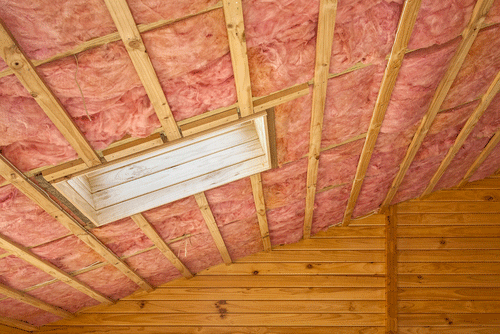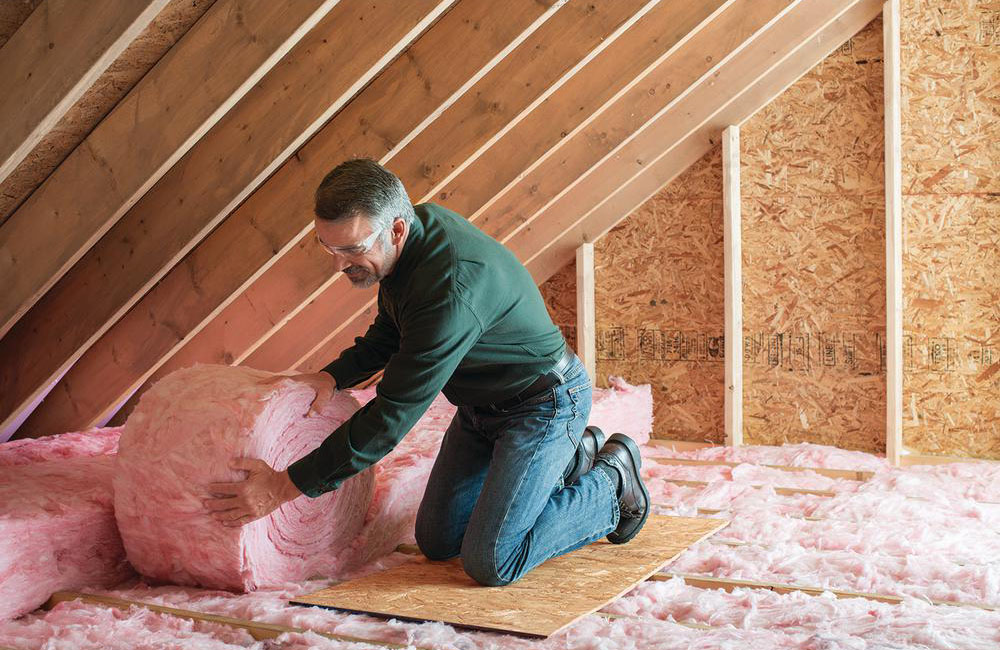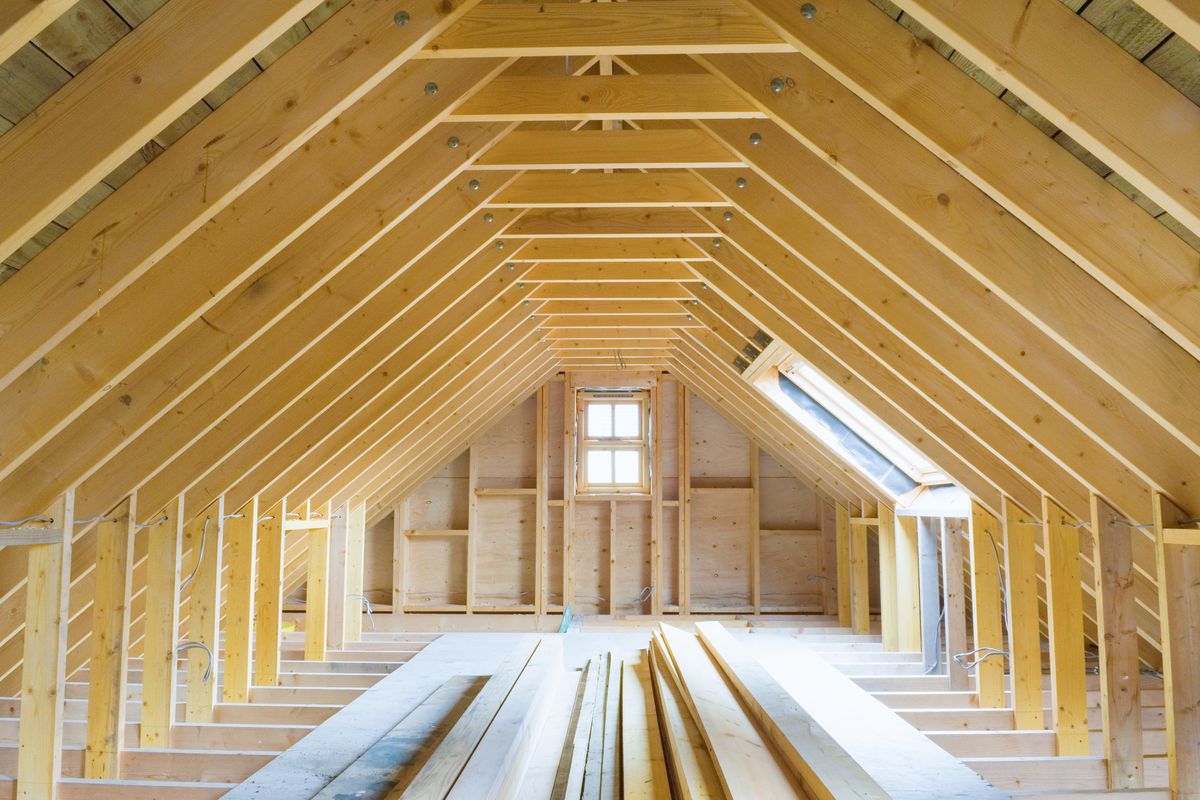Attic Insulation DFW: What You Need to Know Before Upgrading Your Insulation
Attic Insulation DFW: What You Need to Know Before Upgrading Your Insulation
Blog Article
Discover the Various Sorts Of Attic Insulation and Their One-of-a-kind Advantages for Your Home's Energy Efficiency

Fiberglass Insulation
Fiberglass insulation is just one of the most frequently utilized materials for attic room insulation as a result of its outstanding thermal efficiency and cost-effectiveness. Composed of little glass fibers, this material efficiently catches air, producing a shielding obstacle that helps maintain regular interior temperature levels. Its high R-value per inch makes it especially effective at resisting heat transfer, which is crucial for energy conservation in homes.
Setup of fiberglass insulation is fairly simple, often available in batts or loose-fill kinds, fitting various attic room setups. Additionally, it is resistant and non-combustible to dampness, reducing the risk of mold growth. This resilience adds to its long life, making fiberglass a sensible lasting financial investment for house owners.
Additionally, fiberglass insulation is often manufactured from recycled materials, which enhances its eco-friendliness. The product can likewise add to soundproofing, lessening sound transfer between areas. While it is essential to put on safety equipment throughout installment to prevent inflammation from the fibers, the total benefits of fiberglass insulation, consisting of power financial savings and ecological factors to consider, make it a preferred selection for enhancing attic room performance and promoting a comfortable living environment.
Spray Foam Insulation
Spray foam insulation is a highly efficient option for attic insulation, understood for its premium air securing and thermal efficiency. This innovative insulation material is made up of a mixture of isocyanate and polyol material, which, when combined, expands rapidly to load spaces and tooth cavities in the attic room space. Its capacity to stick to numerous surface areas ensures a continual barrier against air leakages, dramatically minimizing heat loss throughout chillier months and warm gain throughout warmer periods.
Among the vital benefits of spray foam insulation is its high R-value per inch, which indicates it provides excellent thermal resistance in a fairly slim application. This is particularly beneficial in attics where room is frequently minimal. Furthermore, spray foam can assist reduce wetness accumulation, decreasing the threat of mold and mildew and mold development, which can be harmful to both the structure and interior air quality.
While the first price of spray foam insulation may be more than standard choices, its long-lasting power savings, combined with boosted convenience and enhanced home worth, make it a worthwhile financial investment for homeowners looking for enhanced energy performance. Attic Insulation DFW. Generally, spray foam insulation sticks out as an efficient remedy for optimizing attic insulation
Cellulose Insulation

Cellulose insulation is a preferred option for attic insulation, mainly composed of recycled paper items treated with fire resistants. This ecologically pleasant choice is known for its superb thermal efficiency, effectively reducing warmth transfer in both summer and cold weather. The thick structure of cellulose permits it to load voids and voids in attic areas, providing a seamless barrier against air leakages.
Among the substantial benefits of cellulose insulation is its ability to stand up to mold and pests, owing to the fire retardant therapies utilized throughout production. In addition, it boasts a high R-value per inch, which converts right into superior energy performance. House owners can expect reduced cooling and heating costs as an outcome of boosted insulation.
Installation is generally achieved with blowing loosened cellulose right into the preferred area, enabling a fast and effective procedure. This approach likewise lessens disturbance to the existing framework. Cellulose insulation has a relatively reduced environmental impact, as its manufacturing process makes use of recycled products, adding to sustainable building methods.
Rock Woollen Insulation
Amongst the different alternatives for attic insulation, rock wool, additionally called mineral wool, stands out because of its impressive thermal and acoustic efficiency. Made from all-natural or recycled products, rock woollen is produced by thawing rock and spinning it right into fibers, resulting in an item that provides superb insulation residential properties.
Among the considerable advantages of rock wool insulation is its high R-value, which indicates its effectiveness in resisting warm flow. This characteristic not just enhances energy efficiency but also adds to keeping a comfortable indoor temperature year-round. In addition, rock wool is inherently fireproof, making it a more secure alternative for see it here homes as it can endure high temperature levels without melting or launching harmful fumes.
Furthermore, rock woollen insulation stands out in soundproofing capabilities, successfully decreasing noise transmission in between rooms and from outdoors resources. In general, rock wool insulation provides a thorough option for boosting energy effectiveness, safety, and convenience in residential settings.
Radiant Obstacle Insulation
Glowing obstacle insulation acts as an effective option for minimizing heat transfer in attics, specifically in warmer climates. This kind of insulation works by mirroring convected heat away from living rooms, thereby lowering the quantity of heat that goes into a home during heat - Attic Insulation DFW. Commonly composed of an extremely reflective product, such as aluminum foil, glowing obstacles are set up in attic rooms, dealing with the roof covering, find out where they can Homepage intercept incoming heat from the sunlight
The main benefit of glowing barrier insulation is its capacity to lower cooling costs. By mirroring heat rather than absorbing it, glowing barriers can assist preserve a much more secure interior temperature, decreasing the workload on air conditioning systems. This performance equates right into lower power costs and enhanced comfort for homeowners.
Along with energy financial savings, radiant barriers can also add to enhanced indoor air top quality. By decreasing warm build-up, they assist decrease moisture degrees, which can stop mold development and boost overall air circulation. When mounted appropriately, radiant obstacle insulation can be a very useful enhancement to any type of energy-efficient home, making it a worthy factor to consider for house owners aiming to enhance their attic room insulation technique.
Conclusion
In final thought, comprehending the numerous kinds of attic insulation-- fiberglass, spray foam, cellulose, rock woollen, and radiant barriers-- enables homeowners to make educated choices concerning power performance. By selecting the proper insulation product, significant reductions in power prices can be achieved, along with enhancements in indoor convenience.

In verdict, comprehending the numerous types of attic insulation-- fiberglass, spray foam, cellulose, rock wool, and glowing barriers-- enables house owners to make educated decisions regarding power efficiency.
Report this page